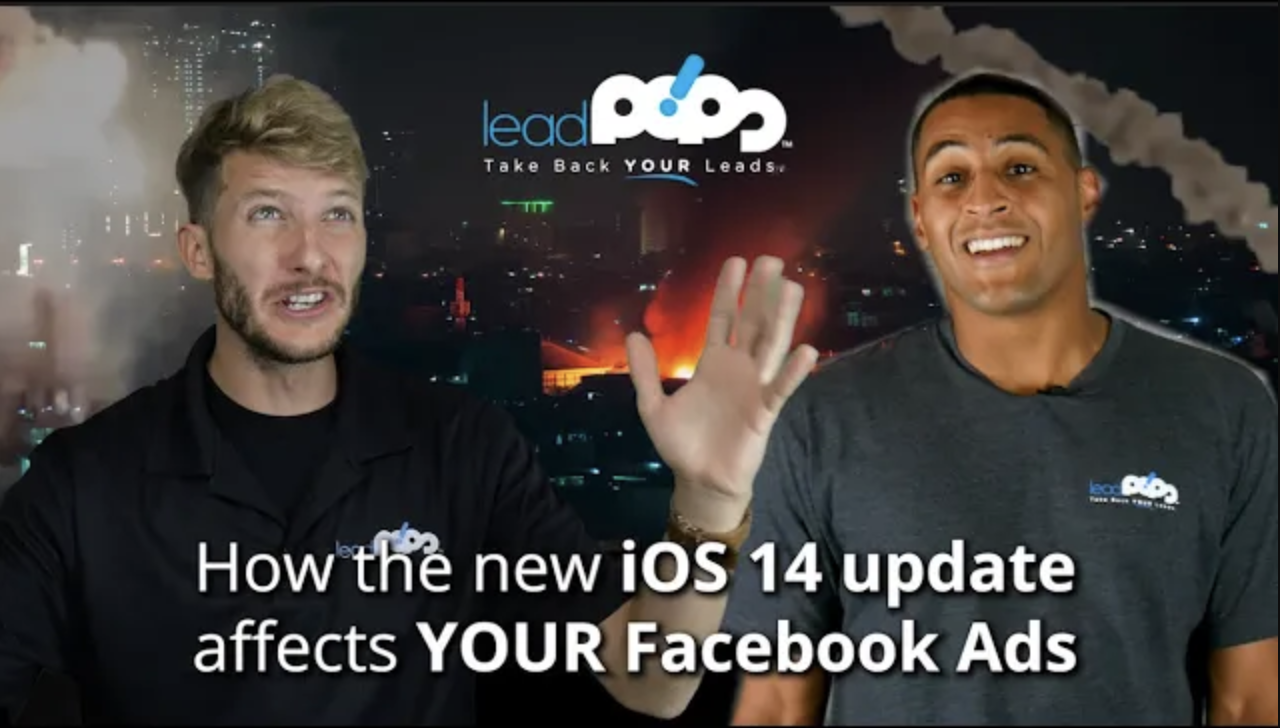I know what you’re thinking.
Facebook? I’ve tried that before. You get nothing but garbage (if anything)!
To that I say: not so fast, tonto!
At this point, it’s fair to say that’s outdated thinking. Not only is Facebook a highly valuated company, but statistics show that some 79% of all American Internet users have a Facebook account.
If you don’t think your mortgage leads might be on Facebook—just where do you think they are, exactly?
But there’s good news.
Even if you’ve eschewed Facebook in the past, there’s no reason you can’t sit down and write a great Facebook ad.
You don’t have to be a “Facebook guru” to do this.
You don’t have to be a social media wizard.
All you need is a little know-how, the right tips, and a willingness to try something new.
If you can secure that, then chances are pretty good that you’ll be able to generate a Facebook ad that grows your mortgage business from the very start.
Here’s what you’ll need to know.
Why Facebook Ads? A Brief Primer
Before we start, let’s get to the heart of it: why are Facebook ads so effective?
When you create a Google ad, you’re generally targeting someone based on a keyword.
For example, you might pay for a click for someone who searched for “mortgages Tallahassee Florida.”
That’s all well and good. But Facebook’s advertising system is a little different.
It differentiates itself based on how you’re able to target your ideal demographic. In essence, Facebook lets you narrow down your audience to a highly specific market segment.
This might seem more difficult. After all, isn’t someone searching for “mortgages Tallahassee Florida” more likely to end up on your site if that’s what you offer?
Of course.
But Facebook ads help you narrow down your market to such a degree that you’ll be able to be selective about who sees your ad in the first place. This increases your chances of a conversion—and allows you to tailor ads specifically to their needs.
Getting Familiar with Facebook Ads
Before you start writing ads, let’s take some time to get familiar with Facebook ads and how they work.
Here are a few things you’ll need to be aware of:
- Headlines: The headline of your ad is perhaps the most important element. You don’t need to write any just yet, but you do need to know how important they are. They can be the difference between someone clicking—and someone scrolling right by. You have to generate an intriguing headline.
- Images or Videos: What is actually displayed on your Facebook ad? You’ll want to give real thought to this. Think about your target segment and what kind of visual element might attract them. What might make them click?
- Facebook’s Ads Manager: You’re only as powerful as the tool you use—and your ability to wield it. The good news is that Ads Manager doesn’t have to be as complicated as some people make it out to be. When in doubt, browse the help section to get the specific answer to the problem you’re facing. And don’t be afraid to use Google, either—you’ll likely find that if you’ve had a problem with Facebook Ads that has a solution, you aren’t the first person to experience it.
Testing Your Ads: the Fundamental “Experiment” Concept
Before you begin writing your ads, let’s talk about one fundamental mindset you have to have:
You’re experimenting.
Yes, you’re spending money. And it can be hard to view that money as a “learning” experience. After all, shouldn’t you expect a return on your investment?
You should—but you won’t always get the returns you expect unless you’re willing to also learn from each Facebook ads experience.
That means bringing a “testing” mentality.
Always test your new ads and campaigns.
One fundamental technique here is to employ an “A/B” test. In an A/B test, you isolate one variable of an ad—such as the wording of a headline—while leaving the rest of the ad the same.
Then, you run two versions of the same ad—with only one variable adjusted. You let the ad run until you get a large enough sample size, and then you view which one was more successful.
Once you know that, you can then keep the improved headline static and isolate other variables in your Facebook ads, such as the visual elements.
You can even run multiple campaigns featuring a wide variety of variables to test—as much as you want, given your resources and budget.
The key is to do this purposefully and with a willingness to try something new. As you write new ads, you’ll get a sense of what works for your audience and what doesn’t.
How to Write a More Effective Facebook Ad
Once you have the proper mindset, you’re ready to write the ads themselves. Here are a few key tips for doing this effectively:
- Create an “ideal customer persona.” Think about who your customer is. Do you primarily serve people seeking their first mortgage? Their second? A “forever home”? Who are your typical customers, what are their usual challenges, and what sorts of demographics do they fall into?
- Set a goal for your campaign. Generally speaking, “driving more people to your website” is a standard goal for anyone who wants to generate more leads. When creating a Facebook campaign, you may even find that there’s an option for you to select these goals, so don’t simply click through hoping to get to the next stage—really think about what your priorities should be.
- Write an intriguing headline. Now let’s talk about what it takes to actually intrigue someone enough to click. What makes an intriguing headline? Think of it as writing one chapter in a mystery novel. You want to introduce an idea and entice someone to click to find out more. You should try to think of what’s most compelling about what you have to offer—and then use the headline to hint that, by clicking it, that’s exactly the kind of solution they can discover for themselves. For most of your A/B tests, you should isolate the headline to get a sense of which headlines work best for your business.Go to Moat.com for some great ideas for headlines and ad copy (try searching for Quicken Loans and LowerMyBills to see what the big boys are using)!
- Use compelling visual content. The visual content of your ad is one of the most important elements you’ll have to address. You want something that will resonate with your target demographic. Something that will “catch their eye” as they scroll through Facebook. I can’t tell you exactly what to pick, but generally speaking, you’ll want to think about what it is your customer wants—and use the visual content of your ad to suggest that if they click it, that’s exactly what they’ll get.
This is only an introduction to Facebook ads—there is a lot more you can learn about whittling down your demographics and A/B testing for greater Facebook advertisement success. But what’s important to remember is that you don’t have to get it perfect right away. Think of it as a process of discovery—not only are you inviting people to discover you, but you’re discovering what they need as well.
And by the way—you’ll also need a way to capture leads once Facebook sends them your way. To that end, sign up for a free trial of leadpops today!








